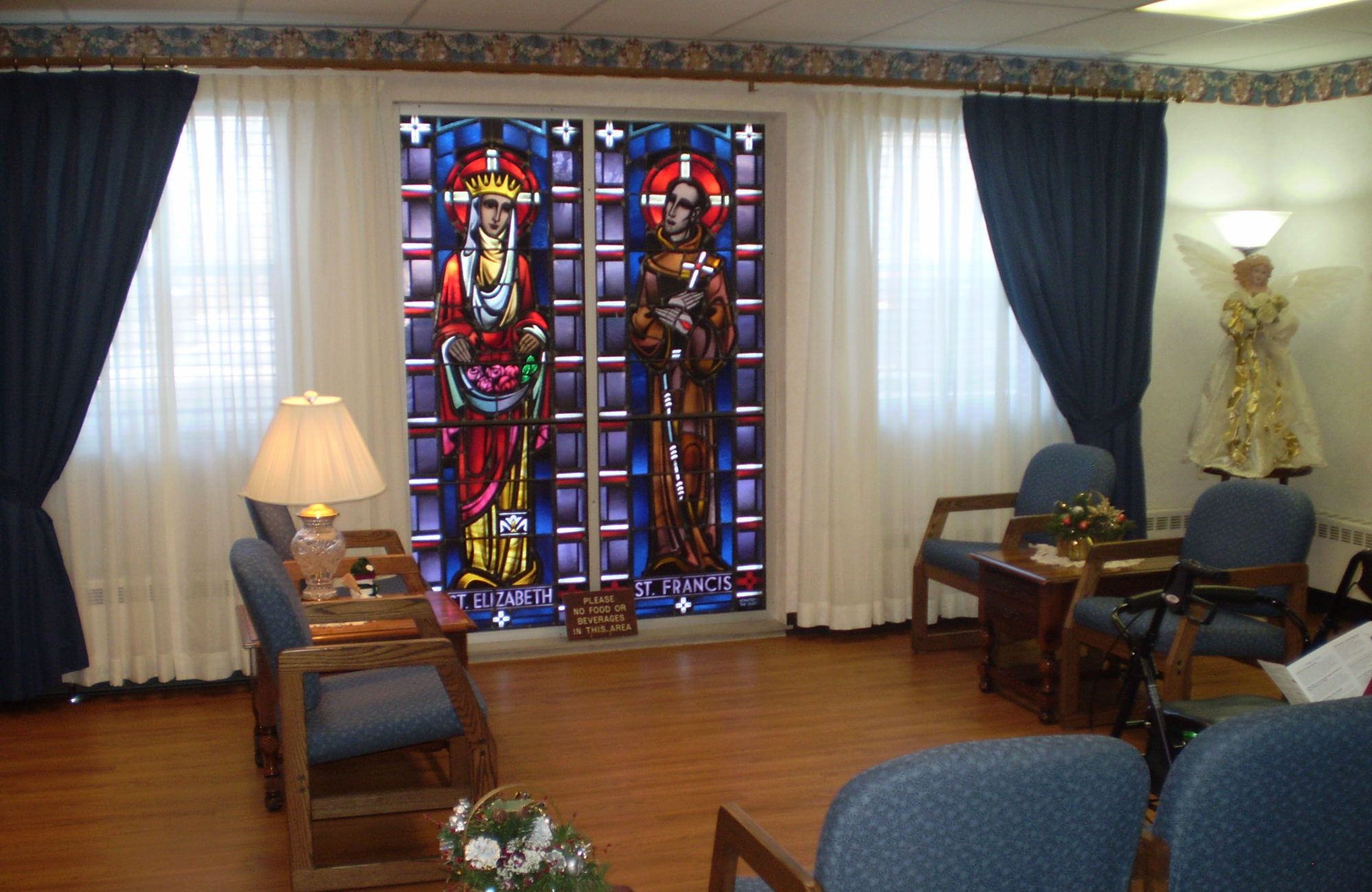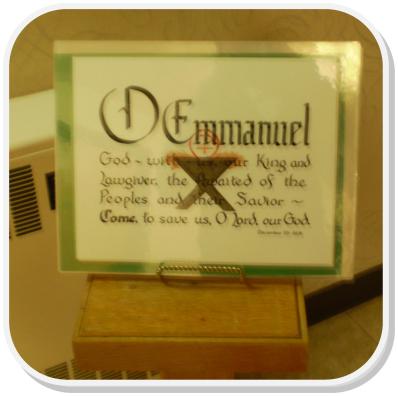One of our apartment residents, Betty Canavan, has graciously supplied us with an article about this famous producer.

His films include: The Birds, Psycho, North by Northwest (filmed at Mt Rushmore), Vertigo, Rear Window, Dial M for Murder and To Catch a Thief. Somewhat of a ham, he made walk on appearances in 39 of his films. During World War ll, he made several fiction spy and non-fiction propaganda films. He put together a Holocaust film with actual footage of camps that was too shocking for the public and remained in vaults until 1985. What made Alfred Hitchcock “the most universally recognized person in the world”? It was his style of using the camera as if it were you, the viewer, trapped in the scene, increasing your anxiety, suspense and fear.
Alfred was born above his parent’s grocery in London. He was the youngest of three children. His parents were Roman Catholic, his father a grocer. Alfred enjoyed playing on his own, making up stories. His family moved when he was six and started a fresh seafood sales and fried fish and chips stall, living in the flat above. Alfred started school at Howrah House Convent, then went on to Wode Street School, run by the Faithful Companions of Jesus. At nine, boarding school at Salesian College. The family moved again and, at eleven, it was boarding at St Ignatius College. The Jesuit priests used a hard rubber cane on the boys. It is where Sir Alfred developed a sense of fear and various reactions to it.
At thirteen, Alfred told his parents he wanted to be an engineer. He started night classes at the London County School of Engineering but, when his father died unexpectedly, he took a job at Henley Telegraph and Cable Company. Alfred kept up his night classes, including mechanics, electricity, acoustics and navigation, then art history , painting, economics and political science.
Hitchcock joined the Royal Engineers during 1917. After World War l, he became manager of The Henley Telegraph. This expanded his creative writing and he said this was his first step toward cinema.
Sir Alfred married Alma Reville, a Protestant, who was baptized Catholic within six months and confirmed a month later in Westminster Abbey by Cardinal Francis Bourne. They had one child, Patricia. Alma collaborated with her husband on many projects. His health finally failed him, as did worry for his wife who had a stroke. He died in April 1980, after calling two Jesuit priests to hear his confession and celebrate Mass in his Bel Air home. His funeral was held in Good Shepherd Catholic Church in Beverly Hills.
Source: wikipedia.com


 Have you ever been struck by how odd sounding the name is that we use to refer to shredded cabbage covered in vinegar or mayonnaise?
Have you ever been struck by how odd sounding the name is that we use to refer to shredded cabbage covered in vinegar or mayonnaise? We did have an
We did have an  Here at St. Anne’s, our staff usually prepare the cabbage rolls the day before. By fairly early Thursday morning, they are already in the oven.
Here at St. Anne’s, our staff usually prepare the cabbage rolls the day before. By fairly early Thursday morning, they are already in the oven. As North Dakotans, dealing with ice and snow is part of our lives between November and March (if not beyond). Using ice melt is one way we have come to make traveling less treacherous and our parking lots and sidewalks safer.
As North Dakotans, dealing with ice and snow is part of our lives between November and March (if not beyond). Using ice melt is one way we have come to make traveling less treacherous and our parking lots and sidewalks safer. This Christmas, a friend of ours brought us two containers full of delicious fudge. It was cut already, and not in tiny pieces, either.
This Christmas, a friend of ours brought us two containers full of delicious fudge. It was cut already, and not in tiny pieces, either. Since 1980, the Sisters at St. Anne’s have been enhancing their commemoration of the final days of Advent by displaying “The O Antiphons,” beautifully calligraphed by Sr. Elaine.
Since 1980, the Sisters at St. Anne’s have been enhancing their commemoration of the final days of Advent by displaying “The O Antiphons,” beautifully calligraphed by Sr. Elaine. After searching for just the right recipe to correspond with the ingredients we had available and the amount of chocolates to be used, one was selected, residents interested in baking were gathered, and the measuring and mixing began.
After searching for just the right recipe to correspond with the ingredients we had available and the amount of chocolates to be used, one was selected, residents interested in baking were gathered, and the measuring and mixing began. Sr. Christina finally gave in and handed him one early, before snack time. (By the time snacks were being served after reading hour, he was ready for another one.)
Sr. Christina finally gave in and handed him one early, before snack time. (By the time snacks were being served after reading hour, he was ready for another one.)